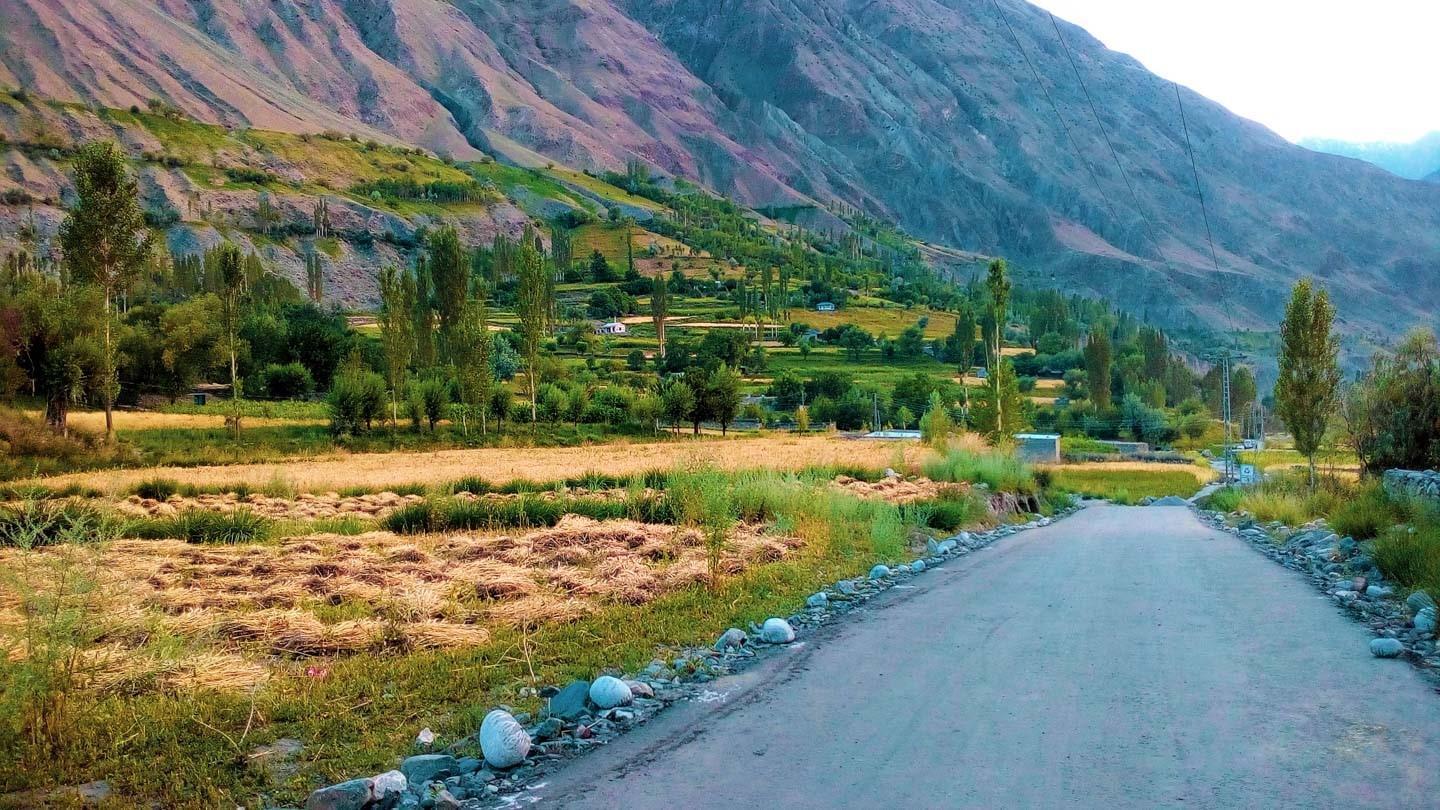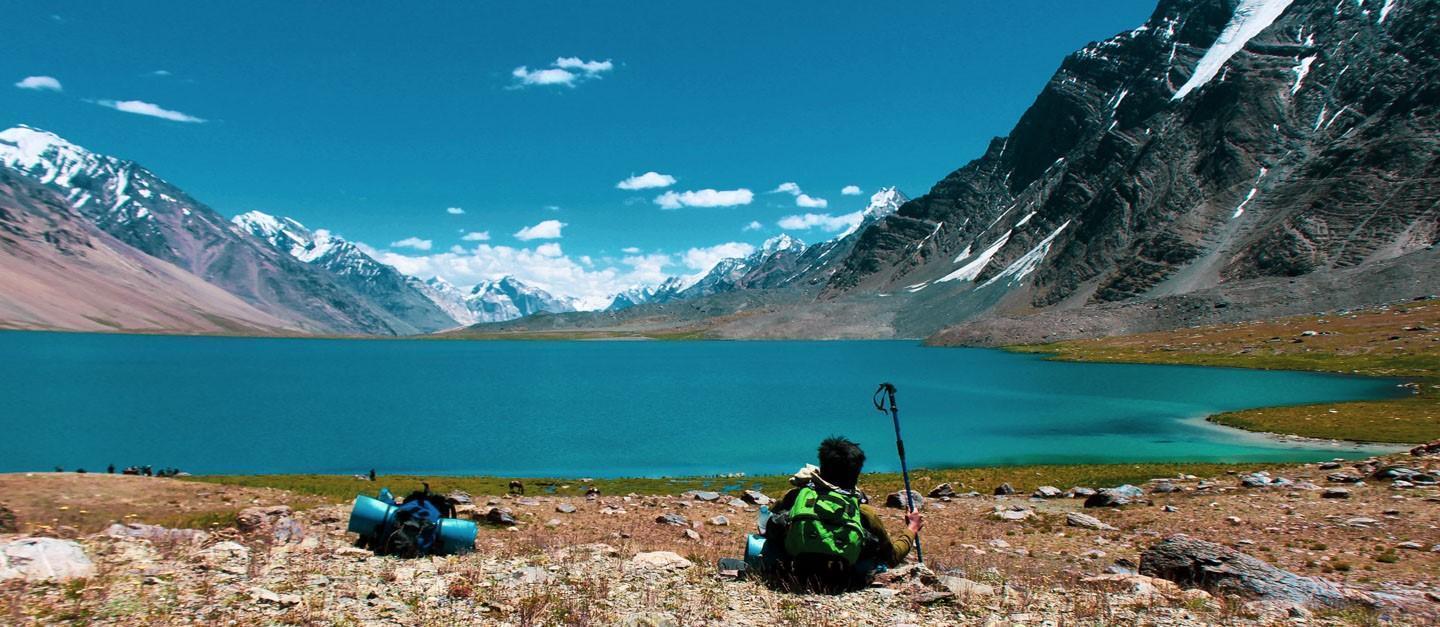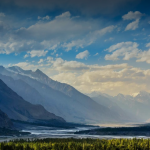In a Glimpse:
Ishkomen Valley is located near the Ghizer District of Gilgit Baltistan at a distance of 52.5 Kilometers elevating on a range of altitudes from 2100 meters to 3700 meters. It is a valley bordering Afghistan-Pamir and Wakhan Corridor.
Ishkomen Valley has more than 30 villages and a total population of 30,000 inhabitants. The valley mainly acts as a passing route for locals traveling to Darkot or upper Chitral. It is a very peaceful valley which attracts tourist. The people of Ishkomen are sweet, compassionate, and caring, and they warmly welcome visitors.

Climate/Weather Condition:
The average climate of Ishkomen Valley is cold. Summer is the best time to visit this place as it reaches a maximum of 22-25 Degrees Celsius whereas in winters it can drop down to a – 17 Degrees Celsius.

How to get there:
Ishkomen Valley is accessible via Ghizer in Gilgit Baltistan after crossing Gakuch village.
What to do here:
Chatorkhand is the main town of Ishkomen Valley that features a bazaar and acts as a reference point for tourists visiting the valley.
There is a house of the Raja (residence of the prince) which has been converted into a guest house.
Ishkomen valley offers a peaceful retreat to the people with its lush green landscapes and bountiful fruit gardens of cherries, apricots, and walnuts.

For those interested in trekking, it has five possible treks:
- Ishkomen-Phakora-Naltar Pass (4600 meters)
- Chipursan Valley: It is a restricted zone and the trek is 55 Kilometers long
- Koz Sar Trek (6,677 meters)
- Chillinji Pass (5,291 meters)
- Karumber Pass (4,343 meters)

Ishkomen valley also serves as a gateway to Immit, which rises in Afghanistan and is famous for its apricots and hot springs. Ishkomen and Immit, both are well praised for their embroidered caps.
The hospitality of the People and Culture:
The people of Ishkomen valley largely speak Wakhi and Shina language but Urdu is widely understood as well.
The hospitality of the people is as such that they never fail to greet the visitors with a smile and often offer sweet cherries and salted tea (delicacies of the region) free of charge.



